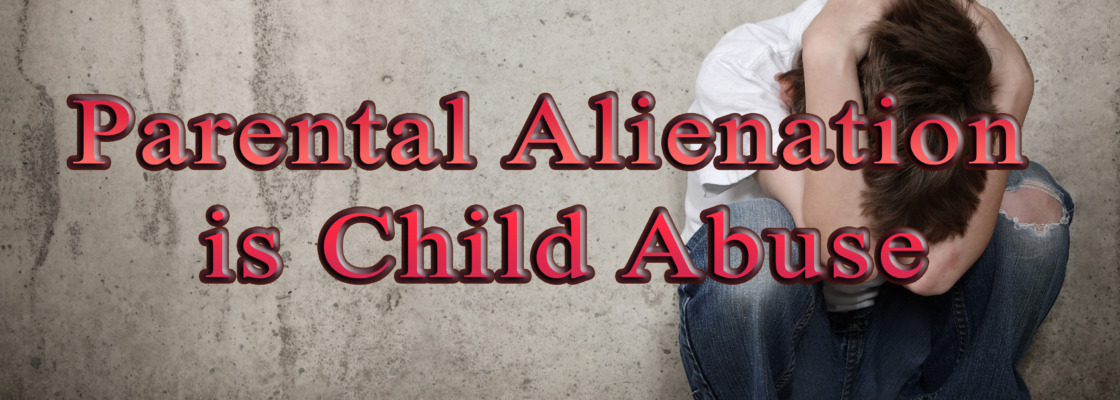“Parental Alienation Syndrome” and “Parental Alienation” ~ These two terms have at times been used interchangeably to describe the same phenomena. Child psychiatrist Richard Gardner introduced the term “parental alienation syndrome” in 1985 referring to a psychological disturbance observed in some children who became “obsessed with deprecation and criticism of a parent” they formerly loved for “unjustified and/or exaggerated” reasons (Gardner, 1985, p. 3). Research into parental alienation syndrome revealed that the most common cause of the phenomena was a child’s exposure to parental alienation behaviors (Baker & Darnall, 2007) and brainwashing techniques (Clawar & Rivlin, 2013). Darnall (1998) classified parents who engage in alienating behaviors as either “naïve,” “active,” or “obsessed” (Darnall, 1998, pp. 8-9). Darnall also clarified the difference between the terms parental alienation syndrome and parental alienation when he wrote:
“The distinction between the two is that parental alienation focuses on how the alienating parent behaves toward the children and the targeted parent. Parental alienation syndrome symptoms describe the child’s behaviors and attitudes toward the targeted parent after the child has been effectively programmed and severely alienated from the targeted parent” (Darnall, 1998, pp. 3-4).
Thus, the term parental alienation refers to both the processes involved with a child being naively, actively, or obsessively alienated (i.e., psychologically manipulated to dislike or reject a loved parent) and the signs and symptoms of parental alienation syndrome that manifest once the alienation has taken hold of the child’s mind. Parental alienation can be identified whenever there is documented evidence that a child has been exposed to one or more parental alienation strategies (Baker & Darnall, 2006) and/or brainwashing techniques (Clawar & Rivlin, 2013) and the exposure is the primary cause for the child to:
Engage in a “campaign of denigration against the target parent” [The child often present complaints in a litany, some trivial, many false or irrational]
Utilize “frivolous rationalizations” to justify the denigration [The child’s reactions of hatred or disdain are unjustified and disproportionate to the circumstances they describe. They may claim to be fearful, but they do so easily and without typical fear reactions] and
Manifest two or more of the following attitudes and behaviors as observed in the child:
- “lack of ambivalence” [The child manifests all-or-none thinking, idealizing the alienating parent and devaluing the target parent]
- “reflexive support for the alienating parent” [The child immediately and automatically takes the alienating parent’s side in a disagreement]
- “borrowed scenarios” [The child makes rehearsed statements that are identical to those made by the alienating parent. Younger siblings may mimic what they have heard their older sibling say. They usually are unable to elaborate on the details of the events they allege]
- “independent-thinker phenomenon,” [The child proudly states the decision to reject the target parent is his own, not influenced by the alienating parent]
- “absence of guilt or remorse … for mistreatment of the target parent,” [The child may be oppositional, rude, disrespectful, and even violent toward the target parent, and shows little or no remorse for those behaviors]
- “spread of the child’s animosity to the target parent’s extended family” [Expressed feelings and hatred often include the extended family or friends of the target parent, even when the child has had little or no contact with them] (See Lorandos & Bernet, 2013, p. 17)






